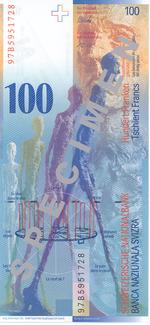Facts About L'Homme qui marche I
"L’Homme qui marche I" is a striking bronze sculpture by Swiss artist Alberto Giacometti, created in 1961. It's part of a limited series, comprising six numbered editions and four artist’s proofs. This piece stands out not just for its artistic merit but also for its staggering auction price. In 2010, the second edition sold for an astounding $104.3 million, making it one of the most expensive artworks ever sold at that time.
The sculpture portrays a man in mid-stride, with arms hanging by his sides, and is often seen as a representation of both the everyman and humanity as a whole. Originally, Giacometti designed it for a public project at Chase Manhattan Plaza in New York, but he eventually abandoned the commission. Nonetheless, he cast the sculpture in bronze in 1961 and later showcased it at the Venice Biennale.
"L’Homme qui marche I" is considered a pivotal work in Giacometti's career and a hallmark of Modern art. Editions of this sculpture can be found in various esteemed locations, such as the Carnegie Museum of Art in Pittsburgh and several private collections. The 2010 auction at Sotheby's in London was a landmark event, setting a record for Giacometti's work and making headlines across the art world. The $104.3 million price tag not only set a record for Giacometti but also marked the highest auction price for a sculpture at that time.
While this sale was remarkable, other artworks, like Van Gogh's "Portrait of Dr. Gachet" and Jackson Pollock's "No. 5, 1948" still rank among the most expensive pieces ever sold. Nevertheless, the impressive sale of "L’Homme qui marche I" underscores the enduring impact and value of Giacometti's work in the art market.

 Mexico
Mexico